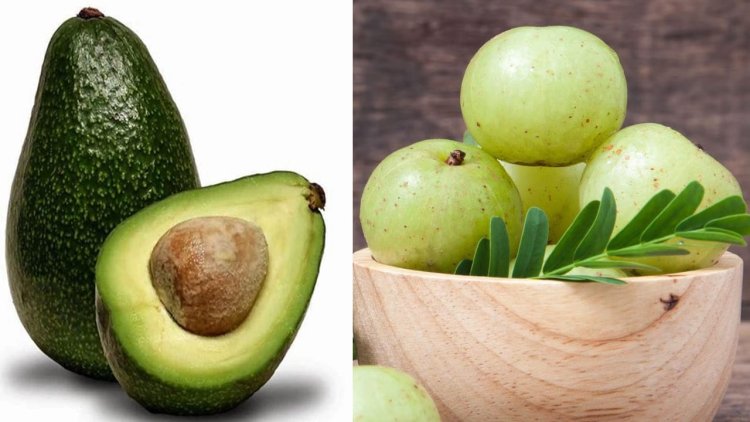From Amla to Avocado: Is India Losing Its Health Roots to Global Food Trends?

In recent years, India’s wellness culture has undergone a fascinating and somewhat concerning shift. Trendy, Instagram-worthy foods like avocado toast, chia puddings, and kale smoothies have rapidly found their way into urban diets, replacing age-old superfoods like amla, turmeric, and ghee that once formed the backbone of Indian nutrition. The question now arises: are Indians unknowingly trading traditional wisdom for modern glamour?
Avocado, hailed globally as a “superfood,” has become a symbol of health and sophistication. Rich in healthy fats, potassium, and antioxidants, it’s undeniably nutritious. But when compared to the humble amla (Indian gooseberry), a fruit deeply rooted in Ayurvedic science, the nutritional balance begins to tell a different story. Amla contains 20 times more vitamin C than an orange and boasts potent anti-inflammatory, anti-aging, and immunity-boosting properties. Despite its powerhouse profile, it rarely makes an appearance on the urban breakfast table dominated by global trends.
Nutritionists argue that the fascination with imported “superfoods” often ignores local climate compatibility and bioavailability, the body’s ability to absorb nutrients efficiently. While avocados thrive in tropical and subtropical climates like Mexico, they aren’t native to India. As a result, most avocados in Indian supermarkets are imported, expensive, and often lack freshness by the time they reach consumers. In contrast, amla grows abundantly across India, is sustainable, affordable, and perfectly suited to the Indian body’s nutritional needs and seasonal rhythms.
Ayurveda India’s ancient system of health emphasizes the importance of eating locally and seasonally. It recognizes that food isn’t just fuel; it’s medicine. Amla, for instance, is considered a “Rasayana,” meaning a rejuvenator that restores balance and vitality to the body. Its benefits range from strengthening hair and improving digestion to enhancing immunity and purifying the blood, qualities that align with India’s diverse climate and lifestyle.
However, the modern urban consumer is increasingly driven by aesthetics, convenience, and social media influence. The “Instagram effect” has made foods like avocado toast more than just a meal; it’s a statement of lifestyle and affluence. Cafés and restaurants across Indian metros now feature imported ingredients as markers of “premium health,” while traditional Indian recipes are often viewed as outdated or unsophisticated.
This cultural and dietary shift raises an important concern: are Indians compromising health by chasing Western wellness trends? Experts suggest that instead of dismissing traditional ingredients, the focus should be on blending the best of both worlds. Modern nutrition can certainly coexist with Ayurvedic principles, but balance and awareness are key.
For instance, there’s no harm in enjoying an avocado smoothie once in a while, but ignoring the wealth of nutrients from local foods like amla, moringa, sesame, and turmeric could lead to nutritional imbalance. Moreover, the environmental impact of importing exotic produce cannot be ignored. Local superfoods not only nourish the body but also support sustainability and food sovereignty.
In the end, wellness doesn’t come from what’s trending on social media; it comes from understanding your body, your roots, and your environment. India’s ancient food wisdom evolved over thousands of years for a reason. The key isn’t to reject modern foods but to reclaim pride in indigenous nutrition to put amla back where it belongs: not in the background, but on the plate.























